The dictionary defines soldering as "anything that joins or unites." Soldering in the jewelry-making globe measures up to this definition-- the "how" and "what is made use of for soldering" is where I get delighted as it leads to tools, materials, and methods. There is a common kind of soldering used in the jewelry-making area - soft soldering.
Safety and security Glasses
First and foremost, safety needs to be dealt with no matter which style of soldering you approach. While soldering, safety, and security glasses need to be put on at all times, consider wearing glasses ranked for use with a torch when soldering, as it will certainly help secure your lengthy vision term.
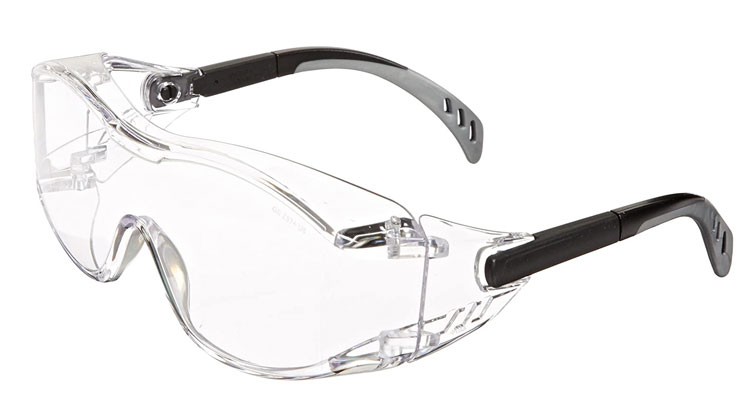
Next, excellent lights and a stable work table are required. When soldering, ensure you have a huge safety glasses heatproof surface area. I like my work surface area with large ceramic floor tiles and putting the proper job surface on top of the tiles.
Soft soldering
Soft soldering usually requires the following: a soldering iron, solder, flux, an ideal soldering surface area, products to apply the solder to, the things to be signed up with or emphasized with silver-colored solder, and also a cleaning agent.
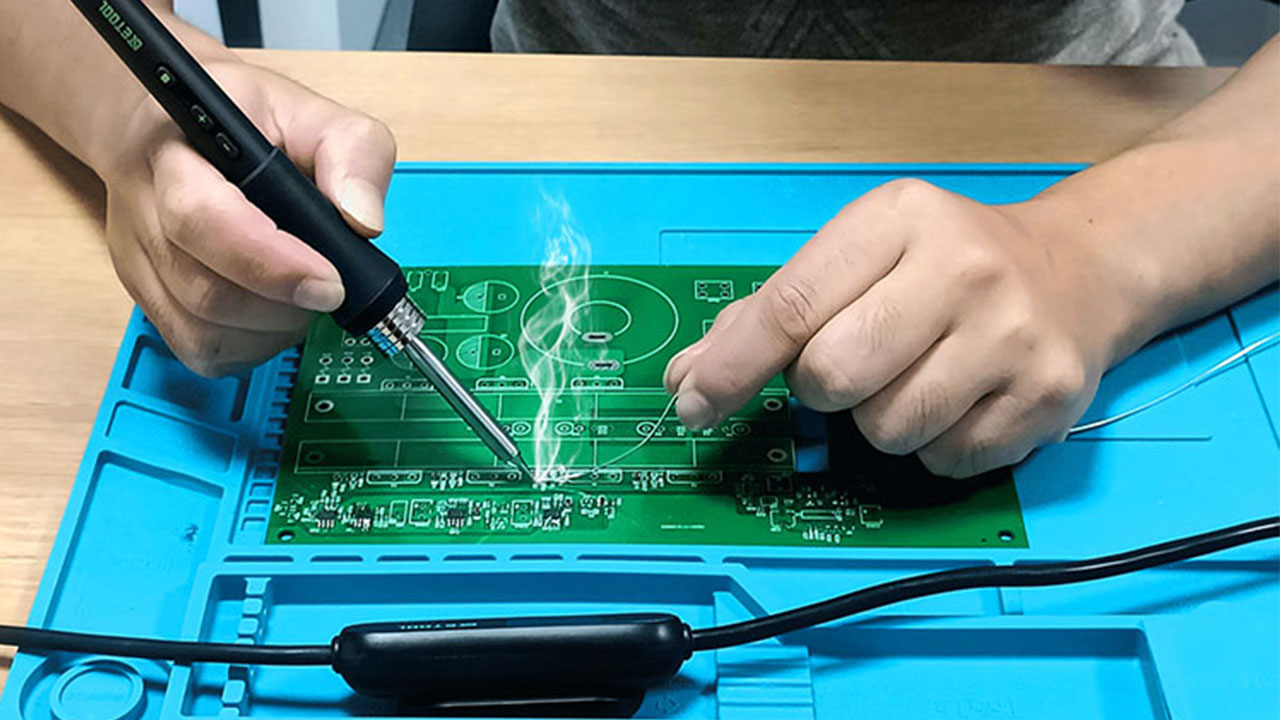
Soldering Irons
Blowpipes used for soft soldering can be electric or gas powered as well as warm to a series of temperatures from 600-1100 degrees Fahrenheit. The higher the temperature level score and wattage of the iron, the longer the temperature level remains optimum for melting solder with the easier and smoother the solder flows.
Keep in mind: Soldering irons utilized for electronic devices tend to have a reduced temperature level array and also lower power level-- these do not function well with the solder used in soft soldering.
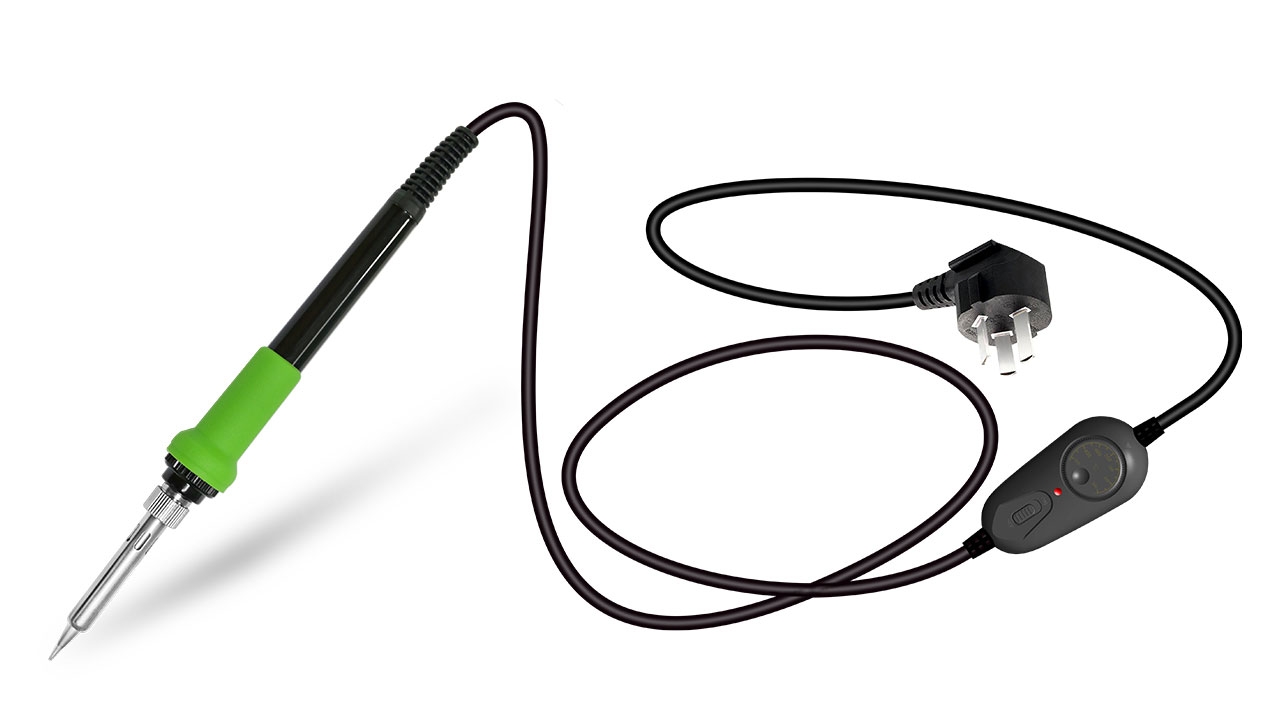
Many soldering irons have various tip sizes and styles chosen depending on the type of work done or the desired general look. I like to make use of a wider tip when joining two pieces of glass with each other, as the grain of solder is vast enough to affect the size of the joint; I pick a thinner tip when including a bead of solder around a single piece of glass or other product, or when joining a jump ring or other findings to my job.
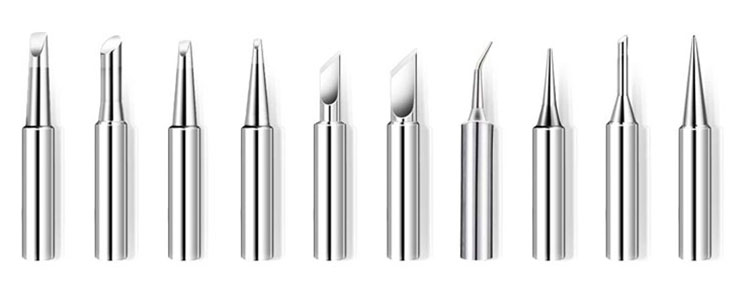
I usually utilize the back side of a heatproof ceiling floor tile positioned on top of a big ceramic tile. These surfaces supply a risk-free job area, secure your workbench's actual surface area and give your workplace versatility.
The location of a soldering iron depends on your heatproof surface; after that, place a damp sponge and sal ammoniac block close by. The sponge will certainly clean up particles from the tip; the sal ammoniac block will likewise help clean and help retain the soldering iron tip while functioning on a design.
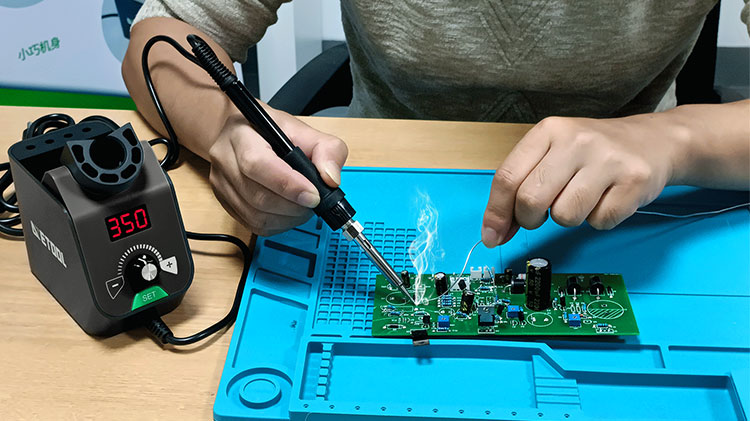
The heated soldering iron is made used to melt the solder. Solder is made use of soft soldering and is frequently found in a thick cable form wound on a spool. One of the most common solders used for soft soldering work is 60/40 or 50/50; these numbers are based on the percent of tin and lead utilized to make the solder. Lead-free solder is made utilizing a mix of steels, typically with a high focus on the tin and smaller-sized amounts of silver and copper-- never leads. Lead-free solder has a more incredible melting point than 60/40 and 50/50; it is secure to utilize in items that will be made use of for food solutions or that will certainly be used, as well as produces a solid firm joint. The one drawback to lead-free solder is that it does not take a chemical patina well. Lead-free and 60/40 solder is typically used when it works with the copper aluminum foil soldering technique.
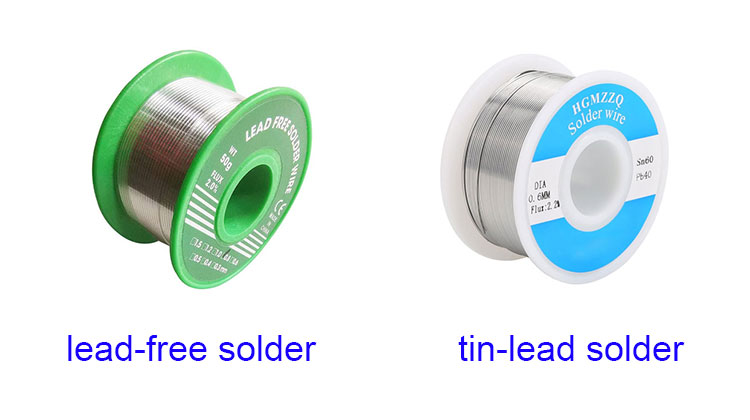
Please Note:
Rosin core solder is unrecommended when functioning in a soft soldering method. It is produced in the electrical area and will generate a less-than-perfect solder bead and weak joint.
None of the soldiers containing tin should be utilized when repairing or dealing with rare-earth elements. Tin is unsuitable for any precious metal and will create adverse impacts.
Copper Foil
Copper foil is an adhesive-backed copper tape. It is used to surround the item being soldered. The products you choose to be soldered together or accented with the solder can be heatproof; glass and crystal are suitable options.
When picking copper foil, choose the widest aluminum foil feasible for your layout - that fits the dimension/thickness of the soldered products. The aluminum foil is wrapped around the item, and the sides of the aluminum foil are folded up and burnished along the top and lower faces of the thing. Enable for as much overlap as your design allows, which will certainly develop the best stamina in your firm joint. Flux is used for the copper aluminum foil using a disposable flux brush.
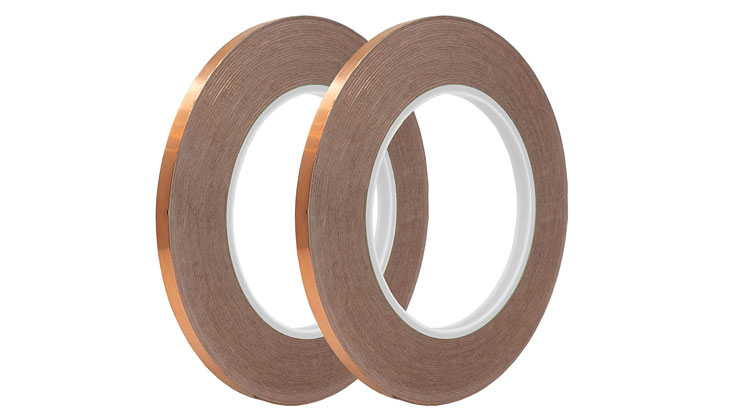
Flux
Flux is used as a cleaner, liquifying oxides on the surface of the steel to be soldered, as well as an obstacle, protecting against oxides from developing on the surface area of the solder as it is heated up. Flux is located in liquid and also paste type. Those with any chemical sensitivity ought to utilize the paste type.
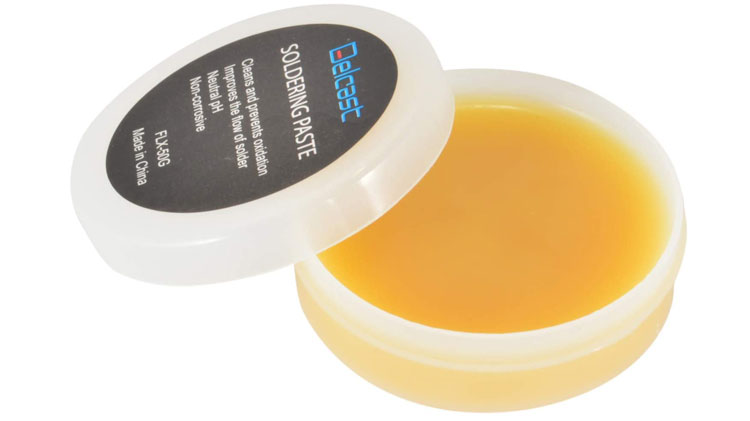
Once you have completed soldering as well as the solder has cooled, flux must be cleaned up from the surface. Cooking soft drinks is a great material for cleansing, as it is nonabrasive yet functions well at eliminating the flux deposit left behind. Follow cleansing with a good polish using automobile wax. The wax will further cleanse the solder and develop a high shine.
Standard Soldering Steps
Detailed procedure for soft and hard soldering is a fundamental over for those new to soldering and a good testimonial for those who are trying it once more. For every term in vibrant, refer to the main for even more specific details.
Tools
Soldering iron (soft soldering) or torch (hard soldering)
Soldering station
Solder
Product to be soldered
Flux
Cleaning accessories
Security Equipment and Workspace
Security glasses
Apron
Great airflow
Good lighting
Steady job table
Big heatproof surface area
Fundamental Soldering Step-by-Step: Tinning Copper Foil Method with Solder Iron
STEP 1
Place your glass item with copper-taped sides (slide) into a clamp.
STEP 2
"Season" the soldering iron by positioning the completion of the solder on one side of the tip of the soldering iron.
STEP 3
Clean the solder off the tip with a wet sponge.
STEP 4
Repeat Steps # 2 as well as 3 for the other side of the tip.
STEP 5
Brush the copper on the slide with flux to assist the solder circulation efficiently.
STEP 6
Holding the solder tip just above the copper, place the completion of the solder versus the tip of the iron up until the solder starts to thaw.
STEP 7
Draw the solder far from the iron tip.
STEP 8
The solder flows in between the tip as well as the copper.
STEP 9
Without touching the copper with the tip, "draw" the solder across the copper. Using this layer of solder is called "tinning."
STEP 10
Include a ring to the slide-- put a silver jump ring in the tweezers and put it on the edge of the slide.
STEP 11
Apply flux to the area where the ring will be connected to the slide.
STEP 12
Repeat steps 6 with 9.
STEP 13
Permit the assembly to cool.
STEP 14
Clean with warm water and soap prior to use in a design.
Contact: Mr. Li
Phone: (0086) 138 24254 321
E-mail: atetool@atetool.com.cn
Add: 5F, 1-2# Building, Tongfuyu Industrial Zone, Aiqun Rd, Shiyan Subdistrict, Bao'an, Shenzhen, 518108, China